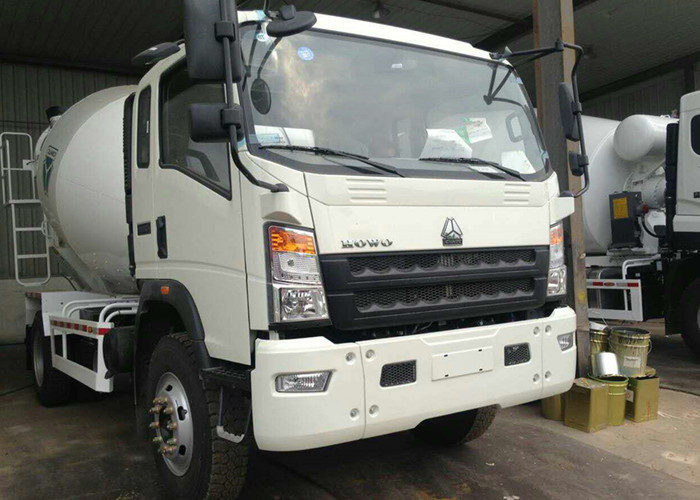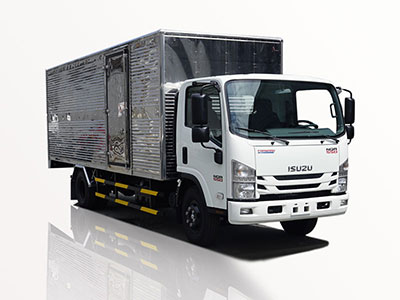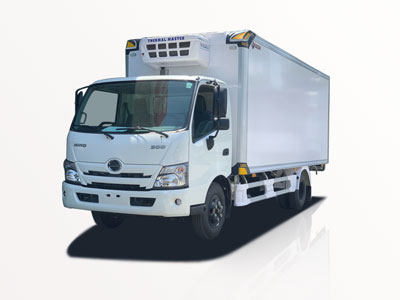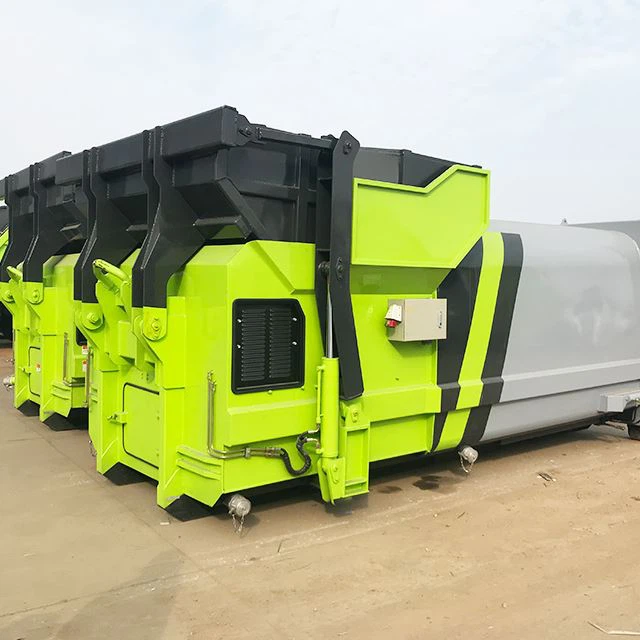Liquefied Petroleum Gas (LP Gas) tankers play a crucial role in transporting one of the most common energy sources used today. From powering household appliances to fueling vehicles, LP Gas is integral to modern life. This article will explore the various aspects of LP Gas tankers, from their design to safety measures, industry standards, and more. We will also discuss their environmental impact and provide practical tips for safe handling.
What is LP Gas?
LP Gas, often known simply as propane or butane, is a flammable hydrocarbon gas that is used widely in heating, cooking, and automotive applications. It is stored in liquid form under pressure, making it easier to transport and store. Understanding LP Gas helps explain the significance of LP Gas tankers in the supply chain.
The Composition of LP Gas
LP Gas is primarily composed of two types of hydrocarbons: propane (C3H8) and butane (C4H10). Each has unique properties:
- Propane: Lower boiling point, commonly used in colder climates due to its ability to vaporize even at low temperatures.
- Butane: Higher boiling point, often utilized in warmer regions.
The Role of LP Gas Tankers
Transportation and Storage
LP Gas tankers are specially designed vehicles or vessels responsible for transporting LP Gas from refineries to distribution points. Their structure ensures that the gas remains in liquid form, even under varying temperatures and pressures.
Types of LP Gas Tankers
There are various types of LP Gas tankers, including:
- Road Tankers: Used for short-distance transportation to local suppliers or consumers.
- Rail Tankers: Suitable for transporting larger quantities over longer distances.
- Marine Tankers: Utilized for international shipping, often in bulk to supply countries with limited local production.
Tank Design and Safety Features
Tankers are designed to withstand high pressures and include safety features to prevent leaks and explosions. Key design elements include:
- Double-Walled Tanks: Provide additional protection against leaks.
- Pressure Relief Valves: Prevent accidents by releasing excess pressure.
- Emergency Shutdown Systems: Allow quick action in case of an emergency.
Regulations and Standards
Industry Regulations
LP Gas transportation is regulated by national and international laws to ensure safety and environmental protection. Organizations such as the U.S. Department of Transportation (DOT) and the Pipeline and Hazardous Materials Safety Administration (PHMSA) set forth guidelines that companies must follow.
Storage and Handling Regulations
In addition to transport, regulations also govern the storage and handling of LP Gas to minimize risks associated with leaks, exposure, and fire hazards. Proper training and certification for workers are essential.
Environmental Impact of LP Gas Tankers
The Carbon Footprint
While LP Gas is often considered cleaner than other fossil fuels, its transportation and distribution still contribute to greenhouse gas emissions. It is important to analyze the carbon footprint of LP Gas tankers:
| Source of Emissions | Impact (g CO2/km) |
|---|---|
| Road Tankers | 12-15 |
| Rail Tankers | 5-7 |
| Marine Tankers | 20-25 |
Mitigation Strategies
To decrease the environmental footprint, companies can adopt various strategies:
- Investing in Fuel-Efficient Vehicles: Reducing emissions during transportation.
- Implementing GPS Tracking: Optimizing routes to minimize fuel consumption.
- Utilizing Renewable Energy: Incorporating solar or wind energy in operations.
Practical Tips for Safe Handling of LP Gas
Safety Measures
Working with LP Gas requires strict adherence to safety protocols. Here are practical tips:
- Regular Maintenance: Ensure all equipment and tankers are regularly inspected and maintained.
- Training and Awareness: Workers should be trained in handling LP Gas and emergency procedures.
- Leak Detection Systems: Install systems that can quickly identify leaks in storage or transit.
Emergency Response Planning
Having an emergency response plan in place is critical for minimizing risks associated with LP Gas. Key components of a response plan include:
- Regular training drills
- Clear communication channels
- Access to first aid equipment
Future Trends in LP Gas Transportation
Innovations and Technologies
The LP Gas industry is continuously evolving, with new technologies and practices emerging to improve transportation efficiency and safety. Some trends include:
- Automation: Smart tankers equipped with sensors to monitor conditions and optimize routes.
- Alternative Fuels: Research into renewable versions of propane and sustainable biodiesel.
- Data Analytics: Utilizing big data to improve logistics and reduce costs.
Market Growth and Opportunities
The global demand for LP Gas is expected to grow, driven by increases in energy consumption and shifts to cleaner fuels. As demand rises, opportunities for investment and innovation in the transportation of LP Gas will expand.
FAQ
What are the common uses of LP Gas?
LP Gas is frequently used for heating, cooking, and as a fuel for vehicles. It is also utilized in industrial settings for powering machinery and producing heat.
Are LP Gas tankers safe?
Yes, LP Gas tankers are designed with robust safety features, including pressure relief valves and double-walled tanks, to minimize the risk of leaks and accidents.
How is LP Gas transported?
LP Gas is transported in specially-designed tankers, which can be road, rail, or marine tankers, ensuring the gas remains in liquid form under pressure during transportation.
What regulations govern LP Gas transportation?
LP Gas transportation is regulated by national and international standards focusing on safety, environmental protection, and proper handling to prevent accidents and emissions.
How can businesses minimize the environmental impact of LP Gas transportation?
Businesses can adopt strategies such as investing in fuel-efficient vehicles, optimizing transportation routes using GPS, and incorporating renewable energy sources in their operations.
Can LP Gas be used for renewable energy?
Yes, there is ongoing research into renewable forms of propane, as well as the potential use of biogas as a cleaner alternative in LP Gas applications.



